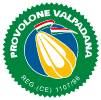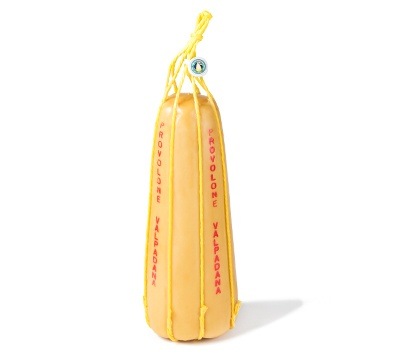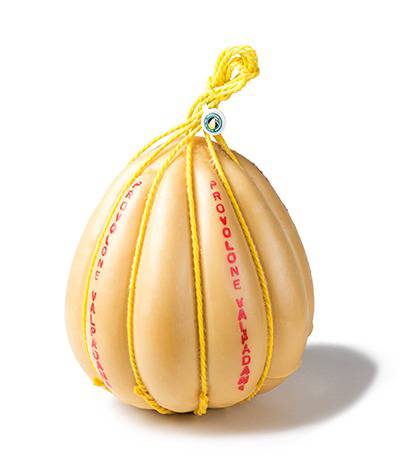Production area
The Provolone Valpadana is produced in the territories of some Northern
regions as Lombardy (Cremona, Brescia, few municipalities in Bergamo province,
Mantua and Lodi), Veneto (Verona, Vicenza, Padua and Rovigo), Trentino Alto
Adige (many municipalities in Province of Trento) and Emilia-Romagna (Piacenza).
Consortium
The Consortium for the safeguard and protection of Provolone was founded in 1975 with similar names during the years, until final "Consorzio Tutela Provolone Valpadana" in 2002.
In 1996 the Provolone Valpadana obtained the P.D.O. (Protected Designation
of Origin).
numbers
Provolone Valpadana is the eighth cheese in Italy for production volumes : about 7.400 t (1 t = 1.000 kg)
after Grana Padano, Parmigiano Reggiano, Gorgonzola, Mozzarella di Bufala
Campana, Pecorino Romano, Asiago, Taleggio.
The main export markets are Spain in Europe and Australia .

Consorzio Tutela Provolone Valpadana
Piazza Marconi, 3
26100 Cremona
Tel. 037230598
email:segreteria@provolonevalpadana.it
website: https://www.provolonevalpadana.it/en/



